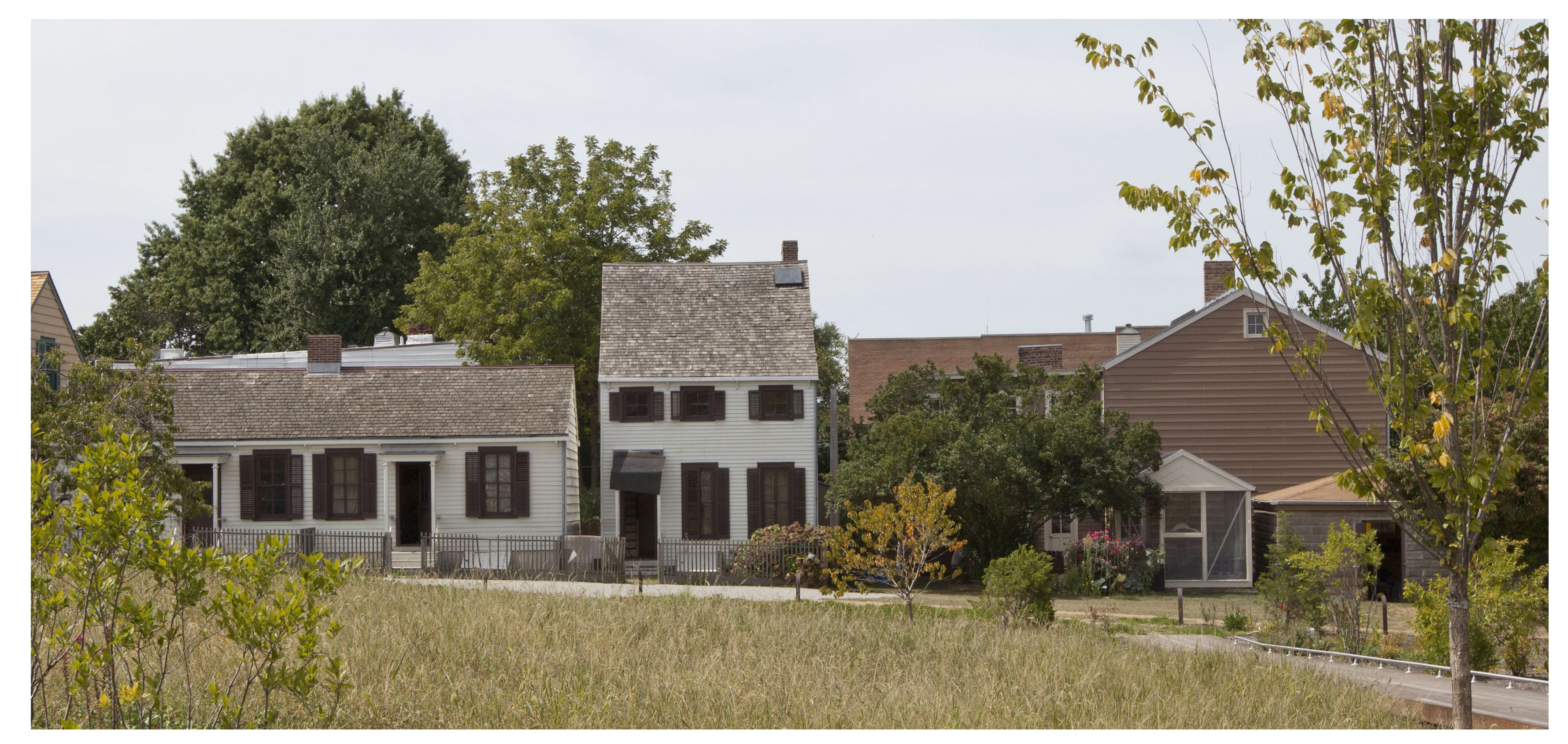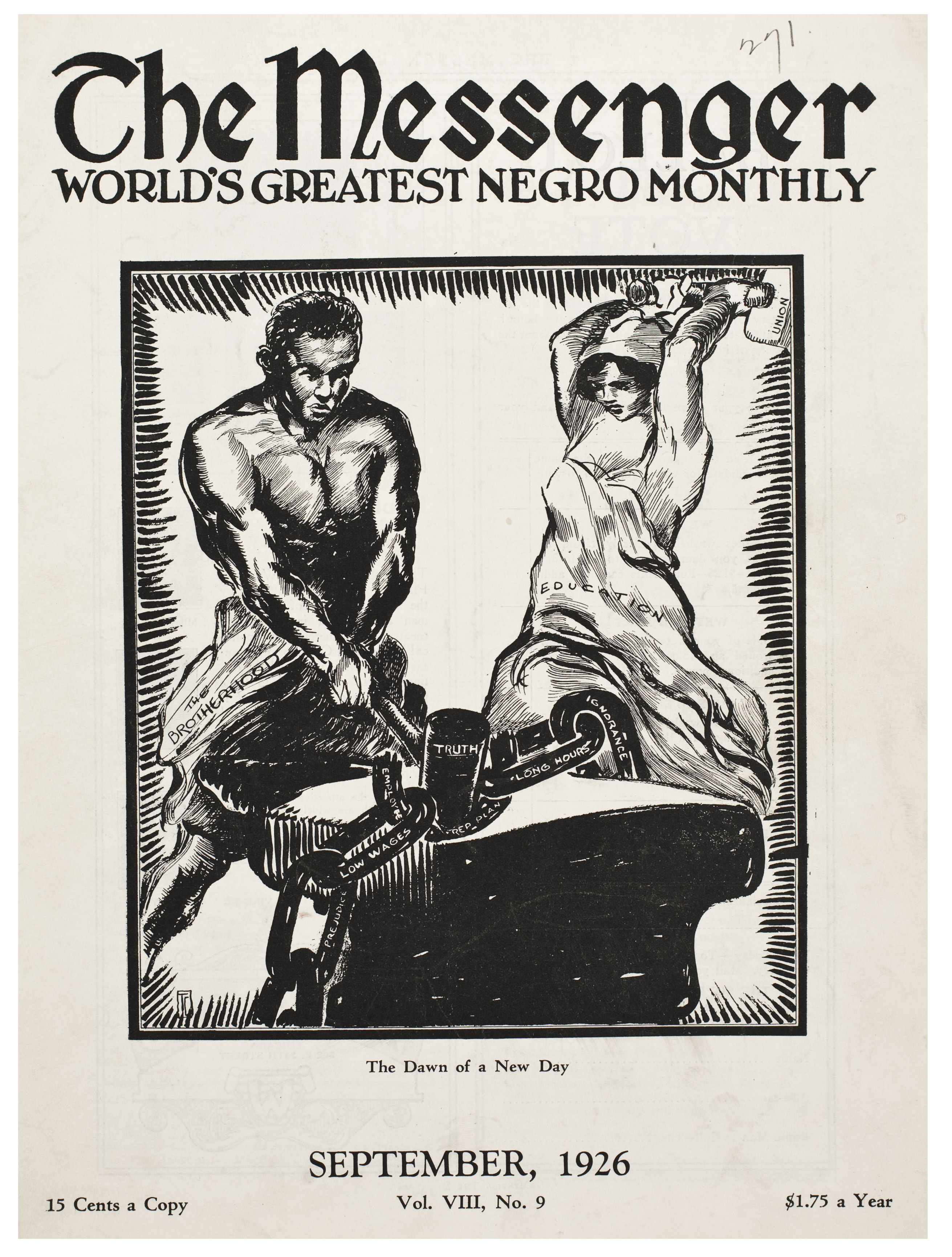Nature and Scope
From communal struggle to creative outpourings: uncover the everyday lives of African Americans spanning two turbulent centuries.
Introduction
Focusing predominantly on Atlanta, Chicago, St. Louis, New York, and towns and cities in North Carolina this collection presents multiple aspects of the African American community through pamphlets, newspapers and periodicals, correspondence, official records and in-depth oral histories, revealing the prevalent challenges of racism, discrimination and integration, and a unique African American culture and identity. Also featured is a rich selection of visual material, including photographs, maps and ephemera.
Key themes covered include
- Desegregation – focusing on schools, hospitals, transport and other areas of public life. Documents show legal battles and campaigns in favour of integration and public reaction.
- Urban renewal and housing problems – featuring papers on housing and race relations, planning records and papers of neighbourhood councils.
- Civil rights activities and protests – from material on Atlanta’s police department to Chicago riots and student protests at Washington University in St. Louis.
- Race relations and community integration – featuring documents charting increased African American home ownership in Chicago and the infamous Pruitt-Igoe housing project in St. Louis.
- African American culture – documents showcasing an eclectic array of creative expression from artists and actors, to writers and musicians.
Source Archives
Atlanta History Center
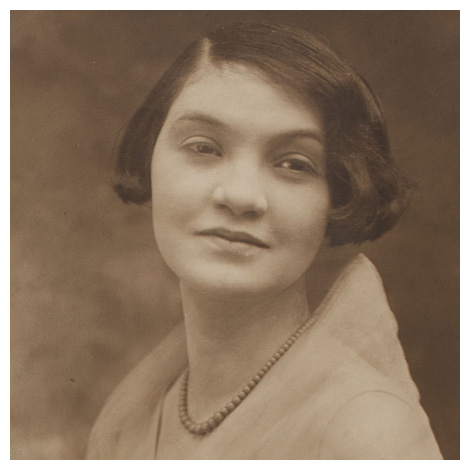
- Papers of Austin T. Walden - Austin T. Walden was an Atlanta attorney, civil rights leader and founder of the Gate City Bar Association for Black Lawyers in Atlanta.
- Papers of Herbert T. Jenkins - Herbert T. Jenkins was appointed as Police Chief of Atlanta in 1947 and held this position for 25 years. Starting in 1948, Jenkins hired the city’s first African American policemen. He was responsible for guiding Atlanta through the turbulent Civil Rights era.
- Long, Rucker and Aiken Family Papers - The Long, Rucker and Aiken Family Papers provide the records of 3 families who were prominent in the African American community of Atlanta.
- OASIS and HOPE Inc. (Help our Public Education) - These papers on HOPE (Help Our Public Education) and OASIS (Organisations Assisting Schools in September) cover 1955-1961 with a particular focus on the grass roots organisation in Atlanta to implement the “Atlanta Plan” for the desegregation of public schools.
- HOPE Inc. - This is a related collection covering the period 1958-1961. The collection focuses on the crisis that led to the closing of public schools in parts of Virginia and Arkansas with the threat of possible closures in Georgia as well. It provides excellent analysis on the process of school integration in the South.
- Voices Across the Color Line - This oral history collection comprises of interviews conducted in 2005-2006 by Dr Carole Merrit on behalf of AHC. The material covers the civil rights movement in Atlanta, especially protests, discrimination and segregation in the 1950s and 1960s.
- Thomas J. Pearsall Papers - The Pearsall Papers examine school desegregation and the Pearsall Plan adopted by North Carolina in 1956. In the wake of Brown v Board of Education, Thomas J. Pearsall was appointed to chair the North Carolina Advisory Committee on Education in 1954. His committee concluded that racial desegregation would be unsafe and inadvisable, and that the issue could be sidestepped by removing any state involvement in segregation, devolving the decision to the local
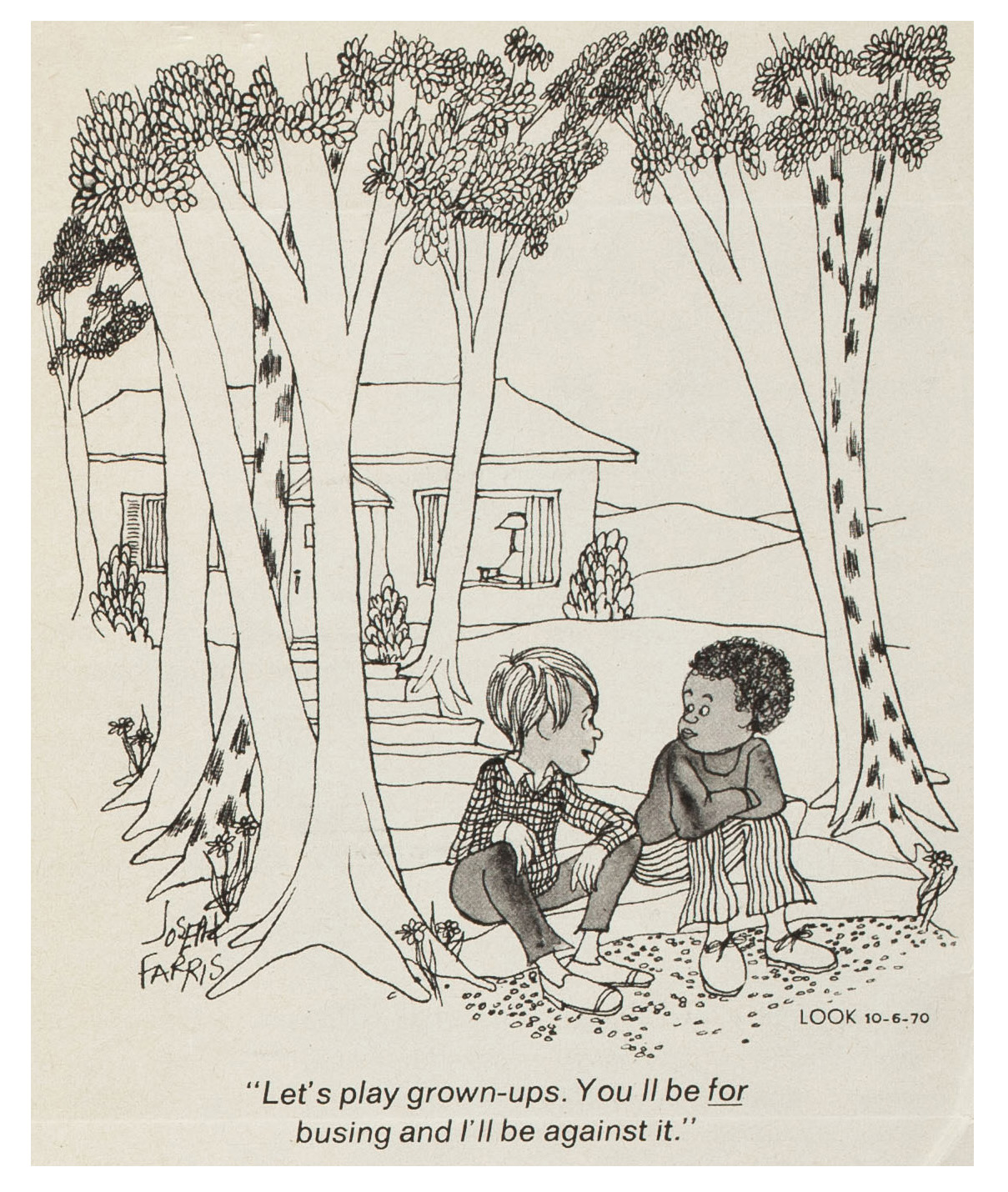 school systems. His plan effectively stalled the process of integration in North Carolina until the delays were challenged in the courts.
school systems. His plan effectively stalled the process of integration in North Carolina until the delays were challenged in the courts. - James B. McMillan Papers - McMillan was a US District Court Judge appointed by President Johnson, based in Charlotte, North Carolina. He was heavily involved with desegregation issues, particularly the Swann v Charlotte-Mecklenburg Board of Education case (1969), which established busing as a national tool for school integration. This continued to be a highly controversial issue through the early 1970s.
- Algernon Lee Butler Papers - Algernon Lee Butler was appointed by President Eisenhower to the US District Court for Eastern North Carolina in 1959. He served as Chief Judge from 1961 to 1975 and then as Senior Judge. He was involved in many cases relating to the desegregation of North Carolina’s public schools and buses. He presided over the first steps to desegregate schools in Raleigh and, in 1969, he ordered that it was the state's duty actively to promote desegregation. His orders for school busing in Wilmington and New Hanover County in 1971 touched off a storm of protest which frequently erupted into violence.
Richard J. Daley Library Special Collections and University Archives, University of Illinois at Chicago
- Chicago Urban League Papers, c.1917-1985 - The material included r
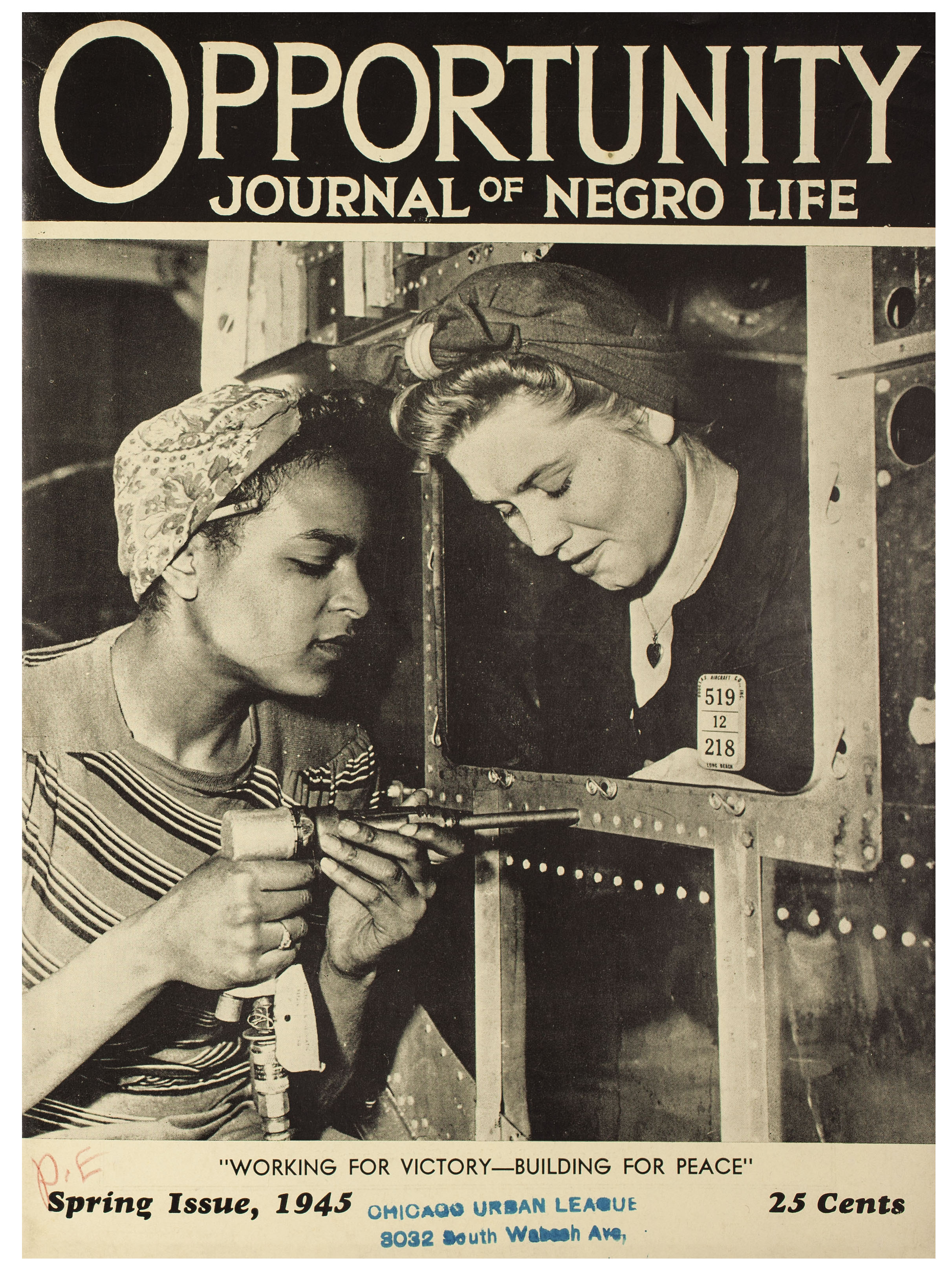 eflects the major impact the Chicago Urban League had in improving the social conditions for black Chicagoans, playing a key role between 1920 and 1990 in the fight for equal and fair opportunities for African Americans in the City of Chicago.
eflects the major impact the Chicago Urban League had in improving the social conditions for black Chicagoans, playing a key role between 1920 and 1990 in the fight for equal and fair opportunities for African Americans in the City of Chicago. - Beverly Area Planning Association Records, 1966-1974 - The Beverly Area Planning Association was an umbrella agency of residential and business associations in the Beverly Hills/Morgan Park neighbourhood in Southwest Chicago. It was founded as a property-owners organization in 1947 in the predominantly white neighbourhoods of the Beverly Area. The material reflects racial tensions, education, policing, housing and transport issues for this period.
- Lea Demarest Taylor Papers on Housing and Race Relations, 1893-1966 - Selected files include strong material on race relations, strikes, riots, housing, urban renewal and schools in the Chicago area, c.1921-1965, and the difficult conditions facing African Americans.
- Black History Collection, 1869-1983 - Material with a focus on 20th century Black Freedom Movements.
- Back of the Yards Neighborhood Council, 1954-1964 - Self-Help community organization set up in the area of Chicago’s meat packing plants. Their labour force included many African Americans. The chief aim of the group was to help improve living conditions.
Washington University in St. Louis
- Pruitt-Igoe materials - This was a large housing project in St L
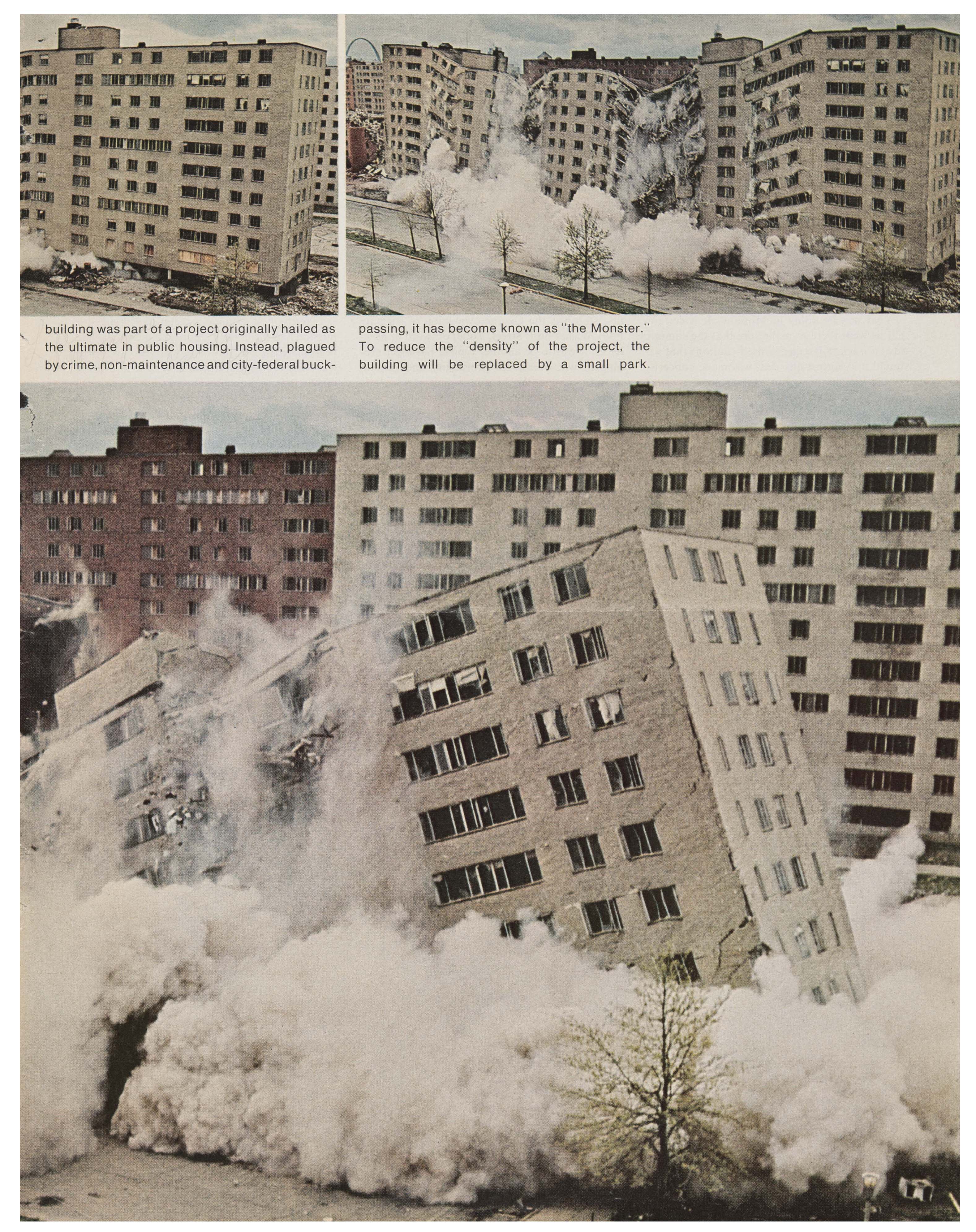 ouis that ended in disastrous failure. 33 eleven storey buildings were constructed with 2,868 apartments completed in 1956. Designed by the same Japanese architect as the Twin Towers in Manhattan, by the late 1960s, the complex had become internationally infamous for its poverty, crime, and segregation. It was demolished in March 1972.
ouis that ended in disastrous failure. 33 eleven storey buildings were constructed with 2,868 apartments completed in 1956. Designed by the same Japanese architect as the Twin Towers in Manhattan, by the late 1960s, the complex had become internationally infamous for its poverty, crime, and segregation. It was demolished in March 1972. - Delmo Housing Corporation Records, 1945-1989 - The first private welfare organisation in Missouri with a focus on housing and community projects. It represented 10 communities. Four of these were entirely African American in 1945. The records cover 1945-1989 documenting the community program in the wake of the FSA sale of these properties in 1945.
- Urban League of St. Louis Records - The Urban League of St. Louis was organised in June of 1918, in response to the East St. Louis race riots of 1917, and has been affiliated with the National Urban League since 1937. The major objectives of the Urban League were to improve the socio-economic and cultural conditions of the African American community and to bring about better understanding and cooperation between black and white citizens.
- Black Manifesto collection, 1968-1998 - This material deals with student protests at Washington University in St Louis in 1968, particularly the Black Position Paper and the Black Manifesto of that year, and correspondence with Chancellor Thomas H. Eliot concerning these documents and goals.
- I’ll Make Me a World: A Century of African American Art - Interviews with African American artists, writers, dancers, actors and musicians from the Henry Hampton Collection.
5th of July Resource Center for Self-Determination & Freedom, Weeksville Heritage Center, Brooklyn
This is a special case study of the African American Community of Weeksville in Brooklyn, c.1860-1968, with some later material, focusing on the three Historic Hunterfly Road Houses at the Weeksville Heritage Center, which have been set up as a museum to depict the life and culture of African Americans in Brooklyn, in the 1860s, 1900s and 1930s. The houses are now located on Bergen Street, Brooklyn.
Collection highlights:
- Interactive floor plans of the Historic Hunterfly Road Houses
- Objects & 360° Objects from the Historic Hunterfly Road Houses
- Archival documents and photographs
- Maps
- Oral Histories
The Newberry Library, Chicago
- Chicago Commission on Race Relations, 1920-1921, from the Victor Lawson Papers
- The Messenger, 1925-1928
- The Pullman Porters’ Review, August 1921, and some folders of propaganda, posters and related material
- Town of Pullman Records, 1876-1919
- The Pullman Company: Annual Reports to Stockholders, 1926, 1947-1978
- Cynthia Everett correspondence and papers
- The History of the Twenty-Fifth Regiment United States Infantry, 1869-1926
A variety of secondary features provide further tools for teaching and research:
- Oral Histories from Atlanta History Center, Washington University in St. Louis and Weeksville Heritage Center
- Interactive Exhibition on the African American community of Weeksville Brooklyn
- Topical academic essays from leading scholars
- Thematic Guides showcasing some of the collection's highlights
- Community Case Studies
- A fully searchable visual gallery of photographs, illustrations, cartoons and maps
Language and Terminology
All editorial decisions relating to this project have been made with great care, consideration and with the utmost sensitivity.
Every care and attention has been paid to preserve the historic authenticity of these documents which range in date from the early 19th century to the beginning of the 21st century. Any terminology that may be deemed discriminatory or offensive by present-day principles may have been preserved for the historic accuracy and relevance to that particular document.



